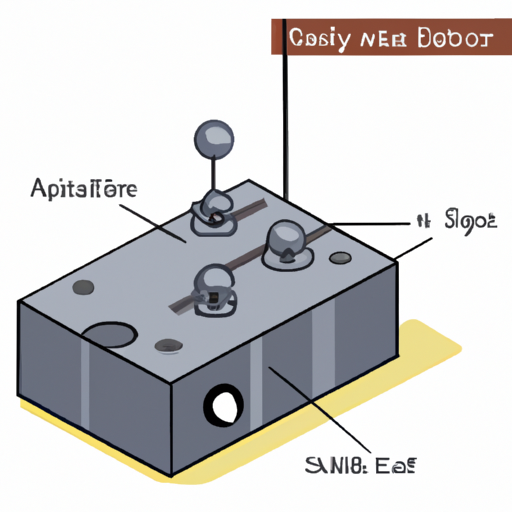Solid state relays (SSRs) are electronic switching devices that are used to control the flow of electrical current in a wide range of applications. Unlike traditional electromechanical relays, which use mechanical contacts to open and close circuits, SSRs use semiconductor devices such as transistors and thyristors to perform the switching function. This makes them more reliable, faster, and longer-lasting than their electromechanical counterparts.

One of the key advantages of SSRs is their ability to switch rapidly and with high precision. This makes them ideal for applications where fast and accurate switching is required, such as in industrial automation, robotics, and power distribution systems. SSRs can also be used in high-voltage and high-current applications, as they are capable of handling large loads without the need for bulky and expensive contactors.
Another advantage of SSRs is their long lifespan and reliability. Because they do not have any moving parts, SSRs are not subject to wear and tear like electromechanical relays. This means that they can operate for millions of cycles without needing maintenance or replacement, making them a cost-effective and low-maintenance solution for many applications.
SSRs are also more energy-efficient than electromechanical relays, as they consume less power when in the on state. This is because the semiconductor devices used in SSRs have a lower resistance than the mechanical contacts in traditional relays, resulting in less power loss and heat generation. This can lead to significant energy savings over the lifetime of the relay, making SSRs a more environmentally friendly option.
There are several different types of SSRs, each designed for specific applications and operating conditions. The most common type is the zero-crossing SSR, which switches the load current on and off at the zero-crossing point of the AC waveform. This helps to reduce electromagnetic interference and prolong the lifespan of the relay and the connected equipment.
Another type of SSR is the random-phase SSR, which can switch the load current at any point in the AC waveform. This allows for more precise control of the switching operation and is often used in applications where timing is critical, such as in motor control and heating systems.
SSRs can also be classified based on the type of semiconductor device used in the switching circuit. The most common types are MOSFET-based SSRs, which use metal-oxide-semiconductor field-effect transistors to control the flow of current, and thyristor-based SSRs, which use thyristors or silicon-controlled rectifiers (SCRs) for switching.
In conclusion, solid state relays are versatile and reliable electronic switching devices that offer many advantages over traditional electromechanical relays. Their fast switching speed, high precision, long lifespan, and energy efficiency make them an ideal choice for a wide range of applications in various industries. With their ability to handle high-voltage and high-current loads, SSRs are a cost-effective and low-maintenance solution for controlling electrical circuits in industrial, commercial, and residential settings.





